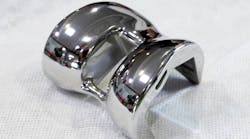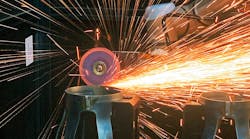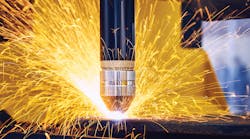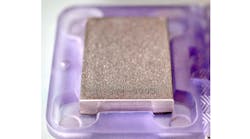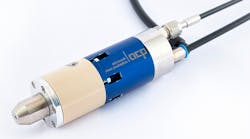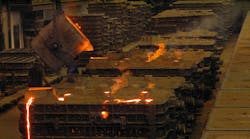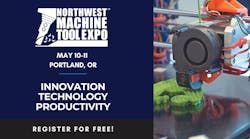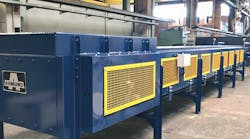New package automates finishing processes for complex critical-surface parts
Foundries and diecasters producing complex parts in high volumes face a production bottleneck once the castings leave the mold. It’s then that the various finishing processes are required: deburring, surface grinding, smoothing, and even polishing parts takes time. Parts with complex shapes and critical surfaces take even more consideration, because of the production costs up to that point, and the quality considerations established by casting buyers.
Fully automating the process is an attractive option, and it’s one of the advantages promised by Rösler with its Surf Finishing package. Other advantages it lists are very short cycle times, high process stability, and repeatability. It’s said to be effective for any of the process applications (deburring, etc.) involved with finishing high-value, complex workpieces.
The increasing need to improve the quality standards for finished surfaces on such parts are not likely to be met by existing handling systems. Increasing throughput also requires the metalcaster to consider process stability and repeatability. At the same time, production costs need to be contained in any change to plant processes.
Based on its own process R&D, Rösler introduced the “Surf Finishing” technology, which allows fully automatic dry or wet processing of delicate workpieces, a standard that previously had been achievable only with less reliable and more costly manual finishing, or with more expensive mechanical systems.
Depending on the finishing application, the Surf Finishing technology uses either one or multiple six-axis robotic arms to lower the work pieces into a rotating processing bowl filled with grinding or polishing media. This process allows either all-around surface finishing of the workpieces, or selective treatment of targeted surface areas.
The simultaneous “surfing” of the workpieces through the grinding media and the rotation of the processing bowl generate an extremely high grinding pressure. The result is a very intensive surface finishing process, in remarkably short cycle times.
According to the developers, Surf Finishing guarantees high process stability and repeatability and is particularly recommended for single component treatment in the aerospace, automotive, hydraulic, energy generating, and other industries where precise deburring, surface grinding, smoothing, and polishing are essential.
Multiple component / part specific processing programs are stored in the system controls, and they can be retrieved quickly by the operator to adapt to changing production schedules and maintain productivity targets.
Rösler noted material handling and other auxiliary equipment such as component/part transport systems and part washers could augment the treatment process. As such, Surf Finishing equipment integrates easily into complex and/or automated manufacturing lines.
